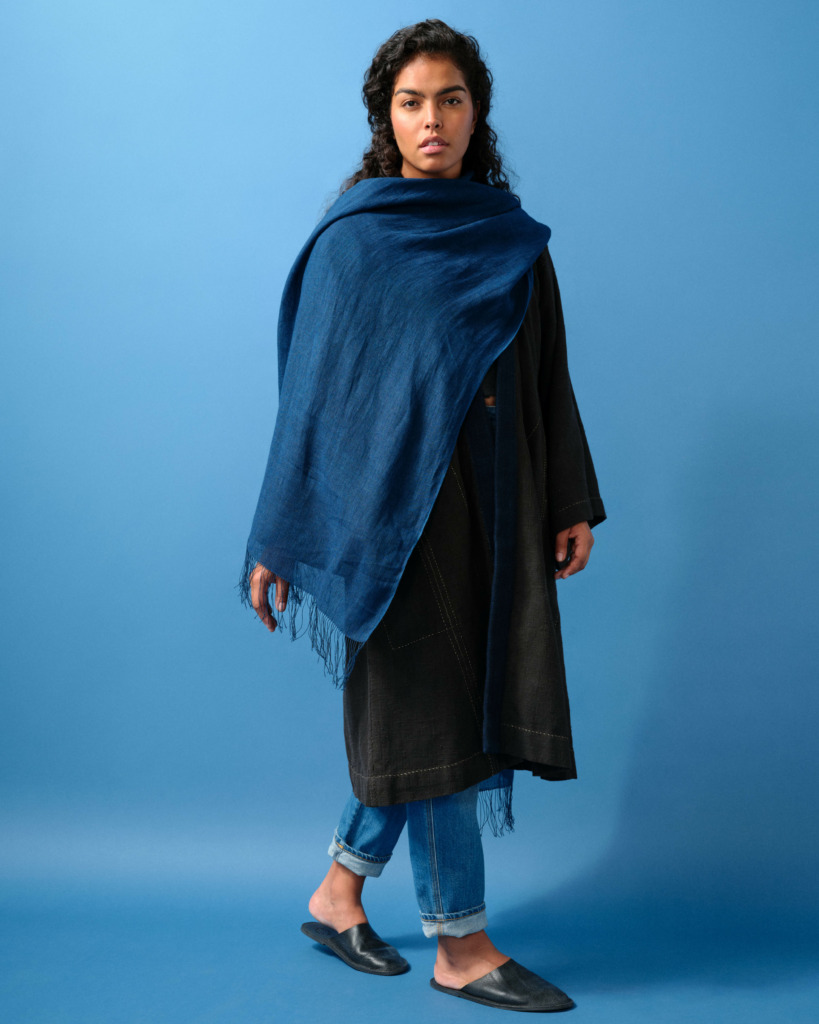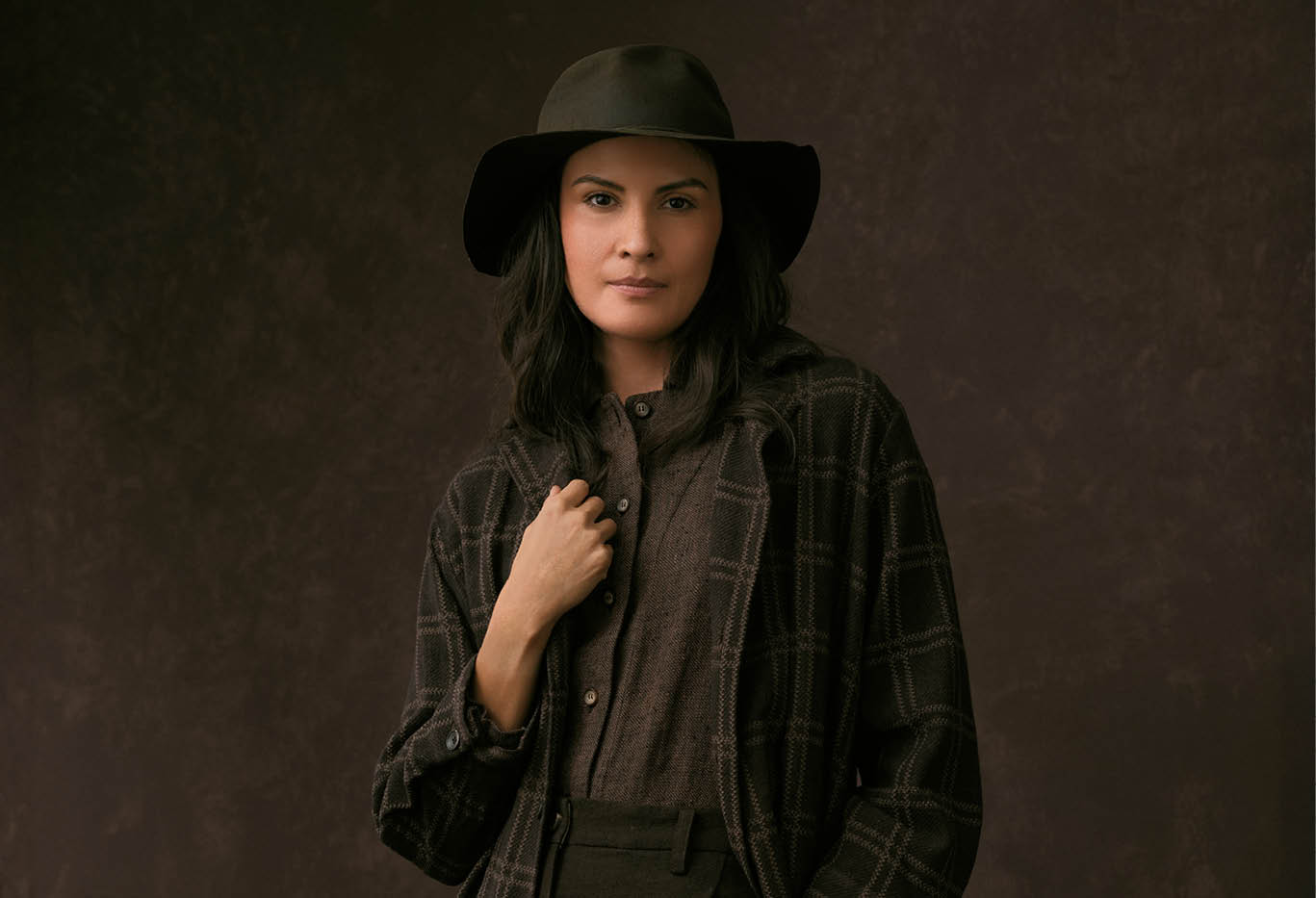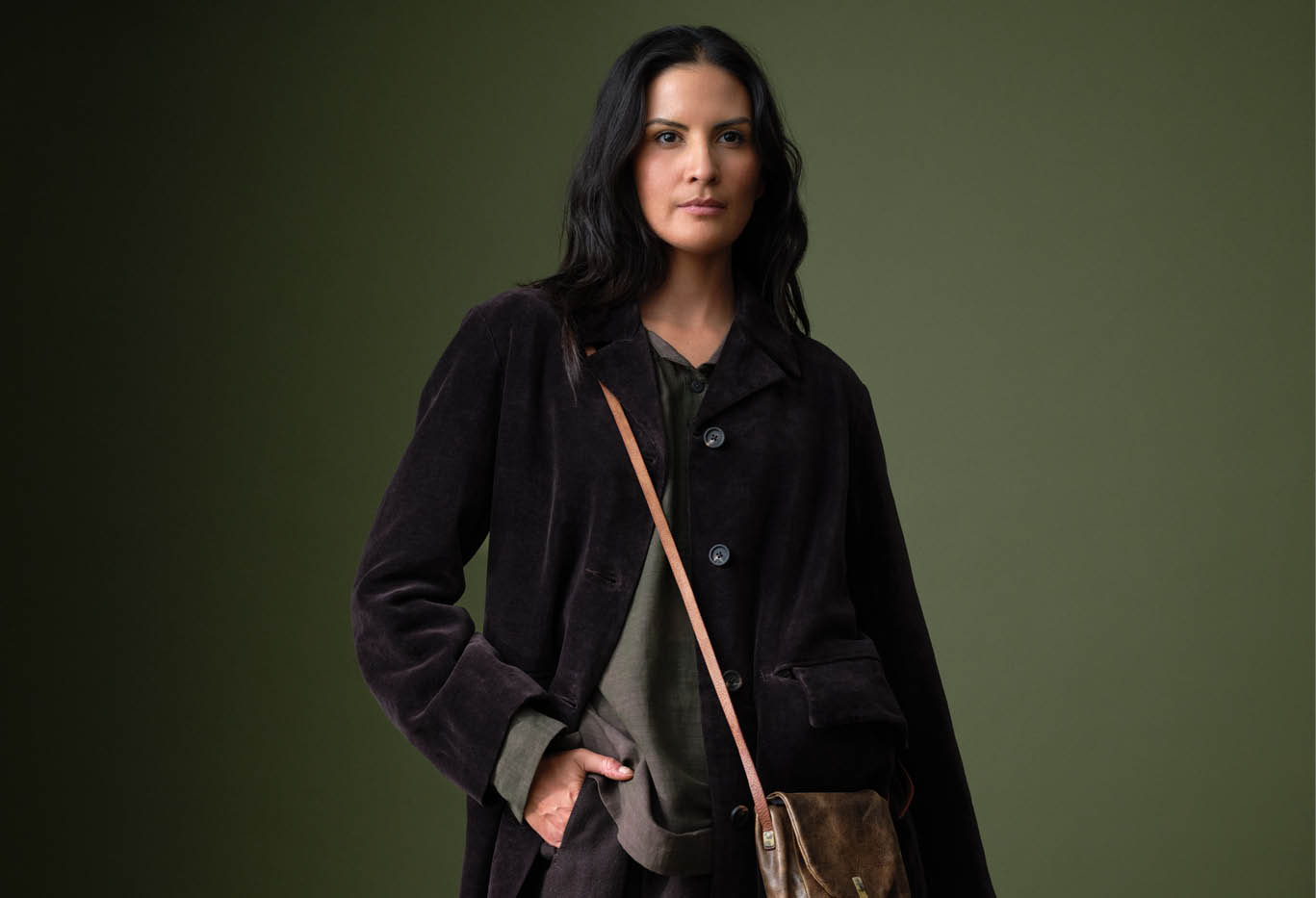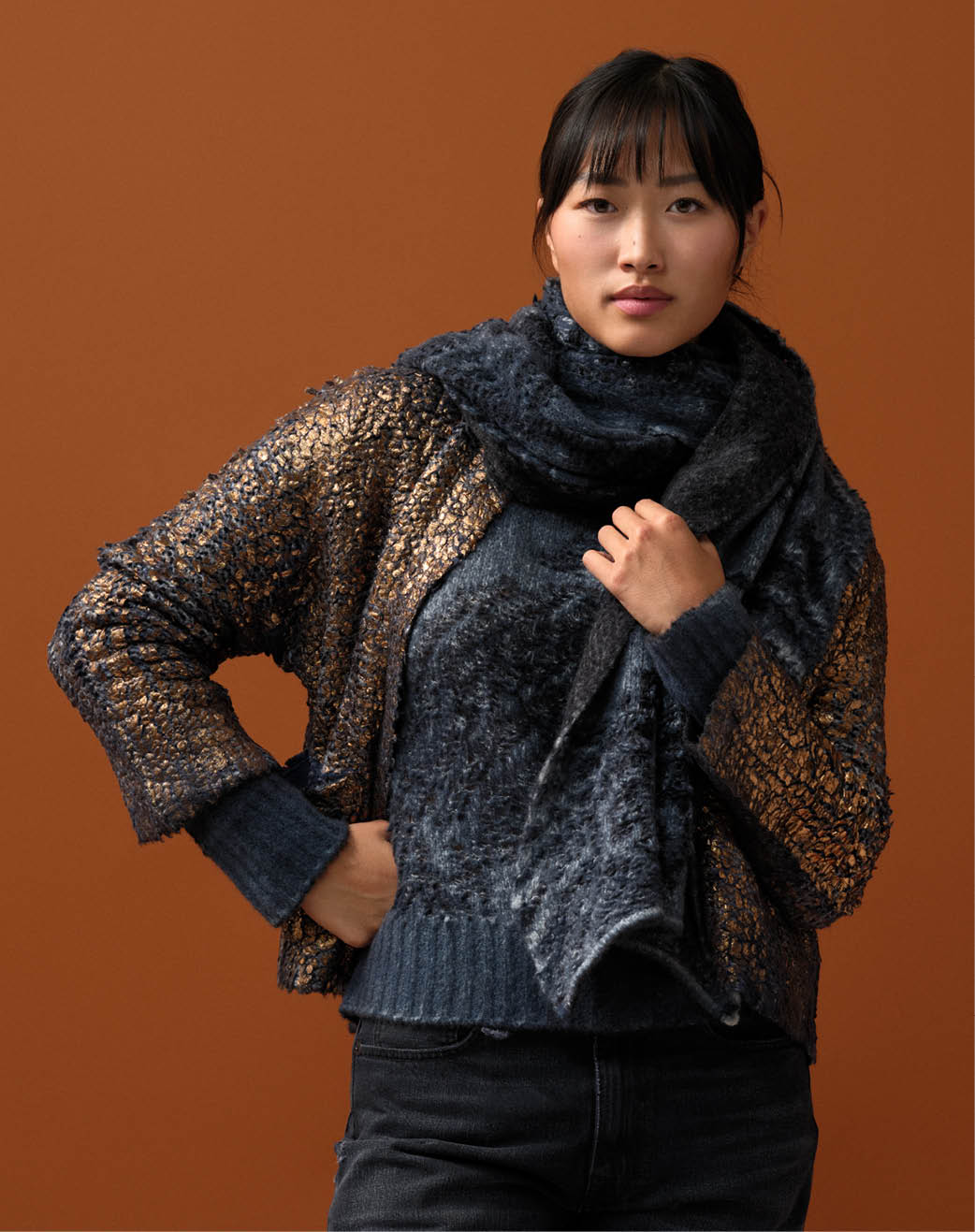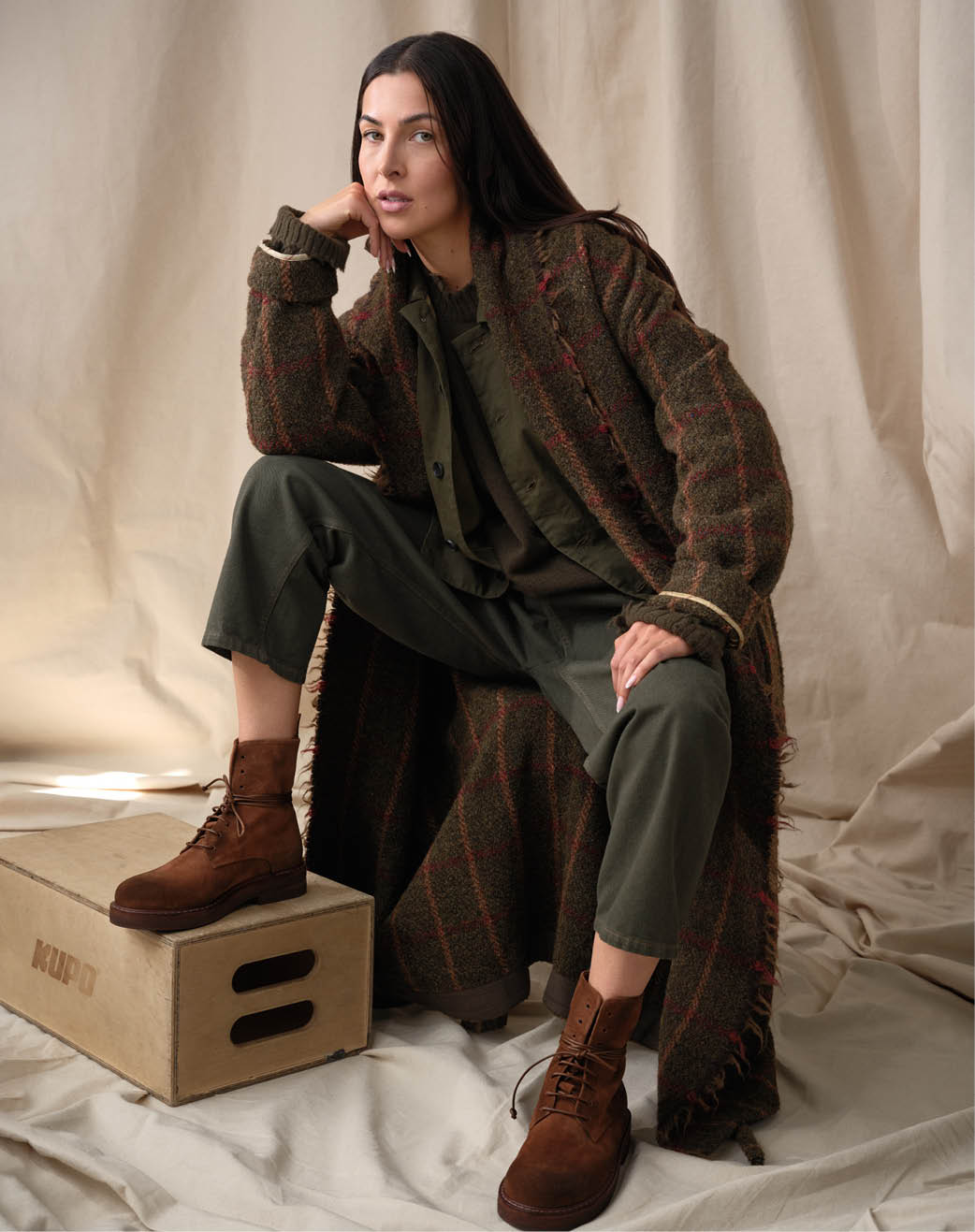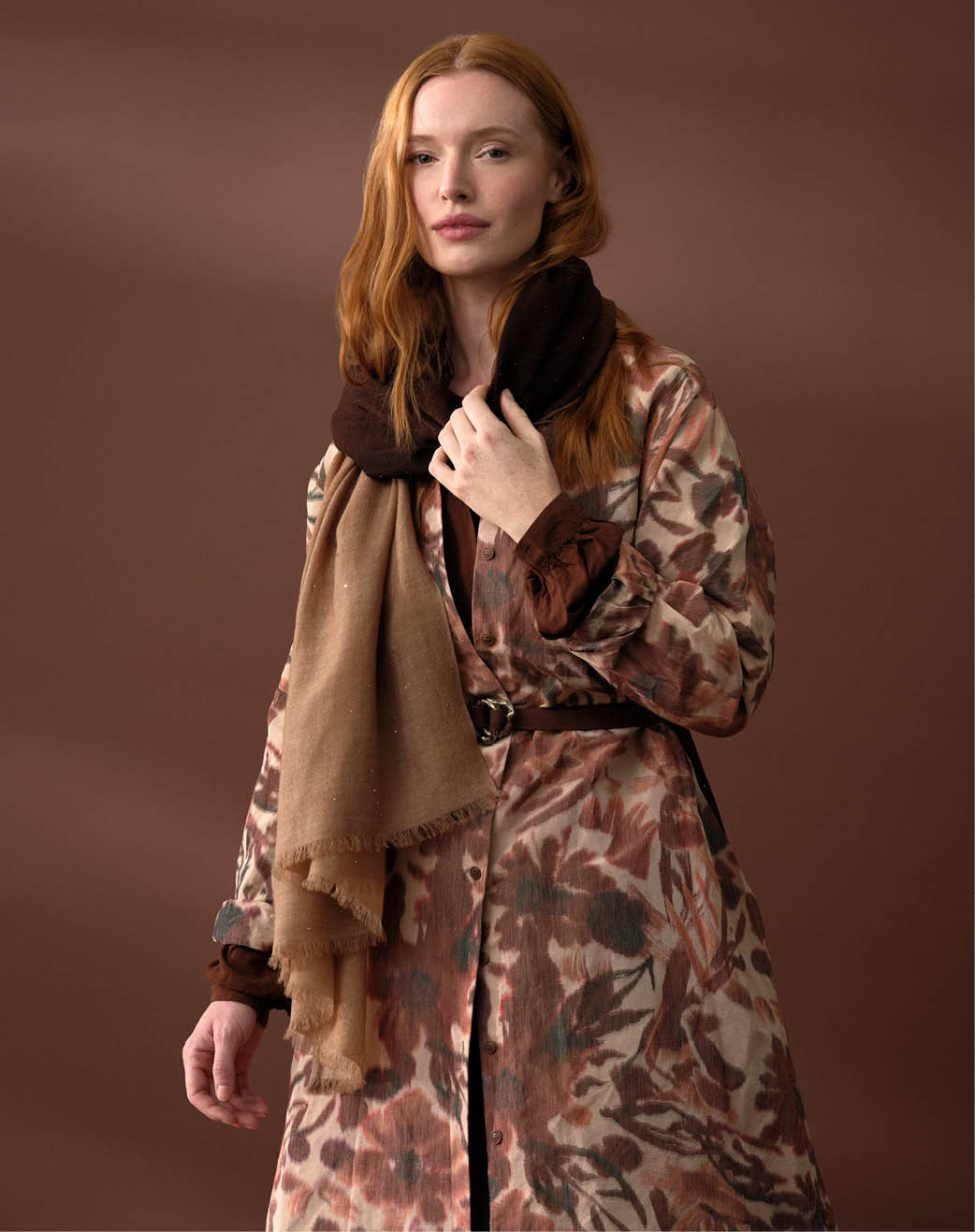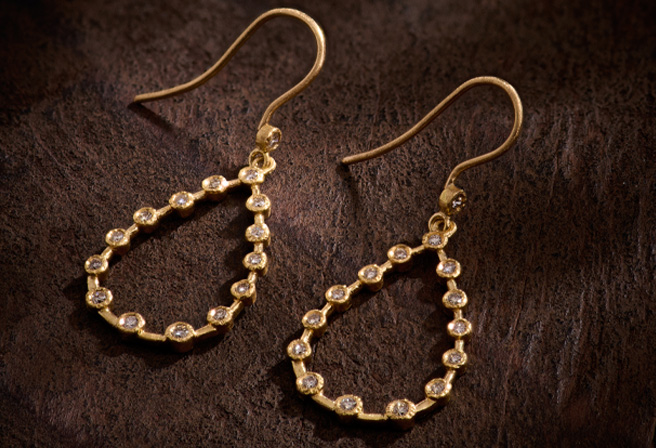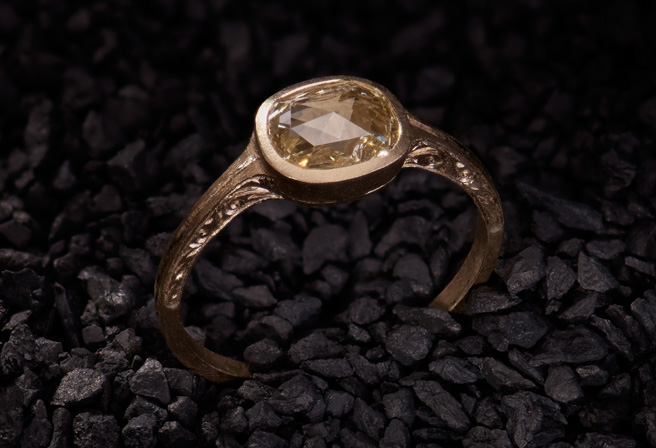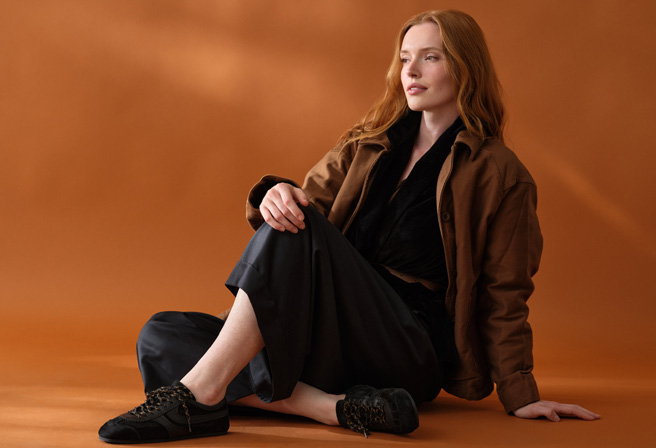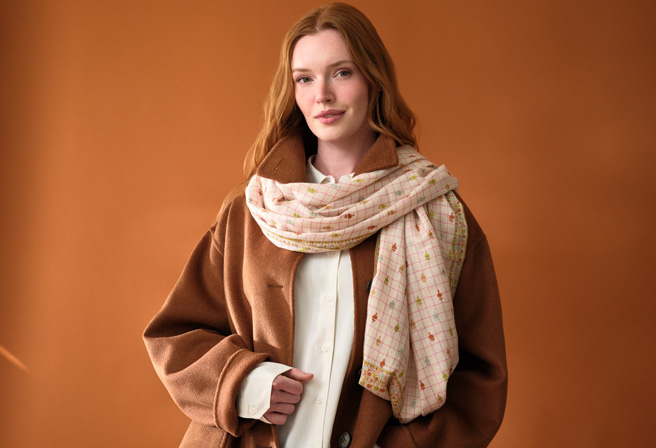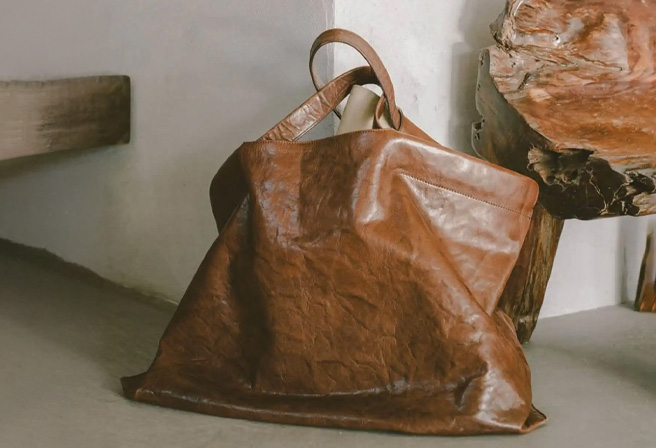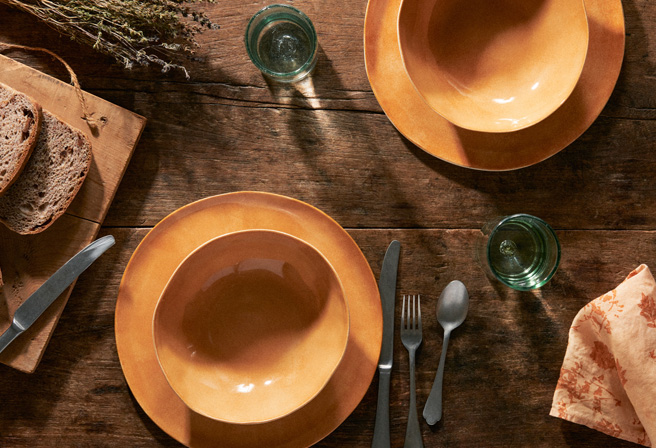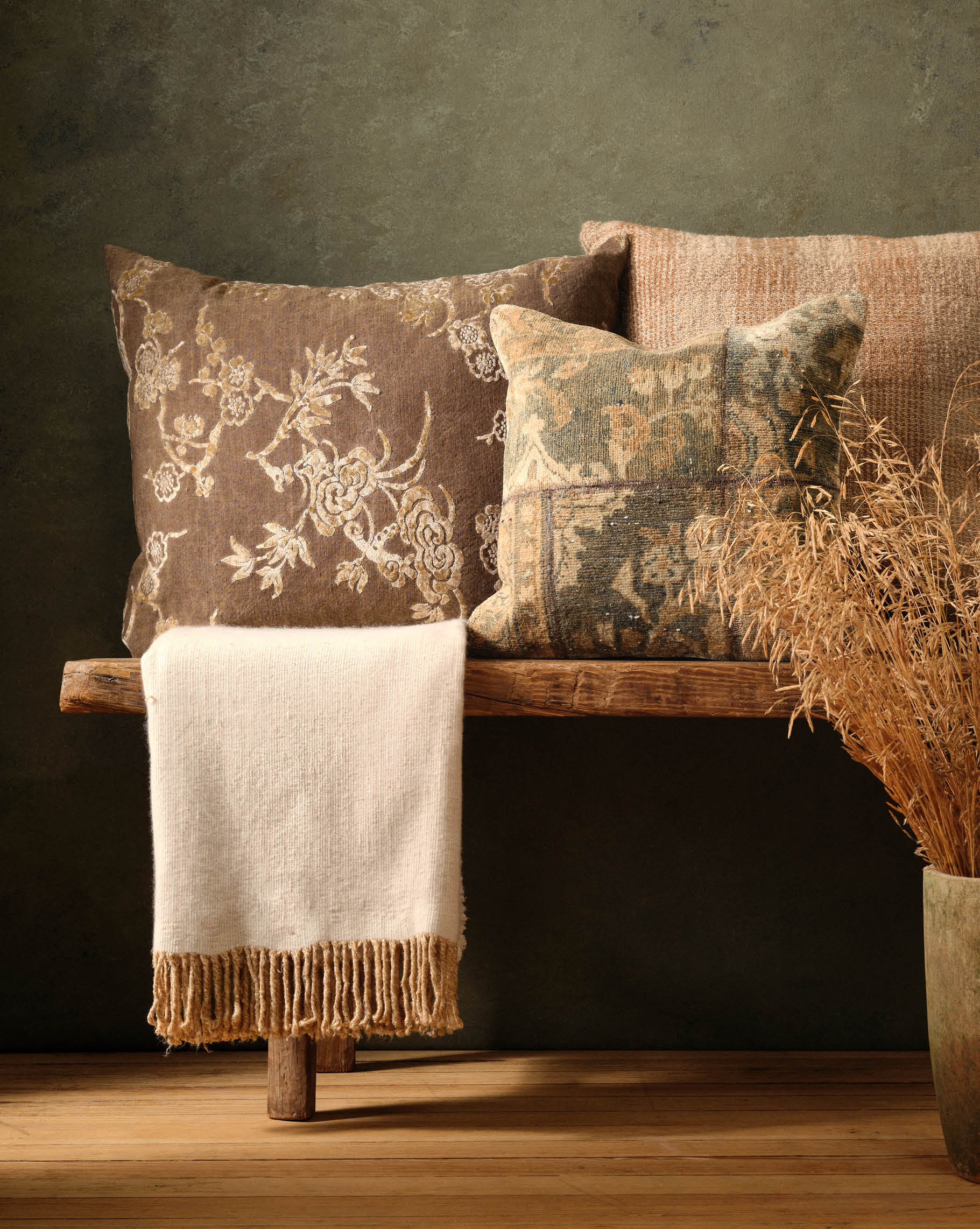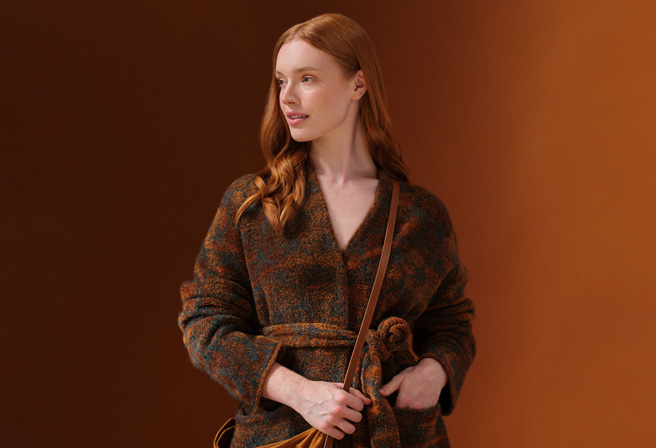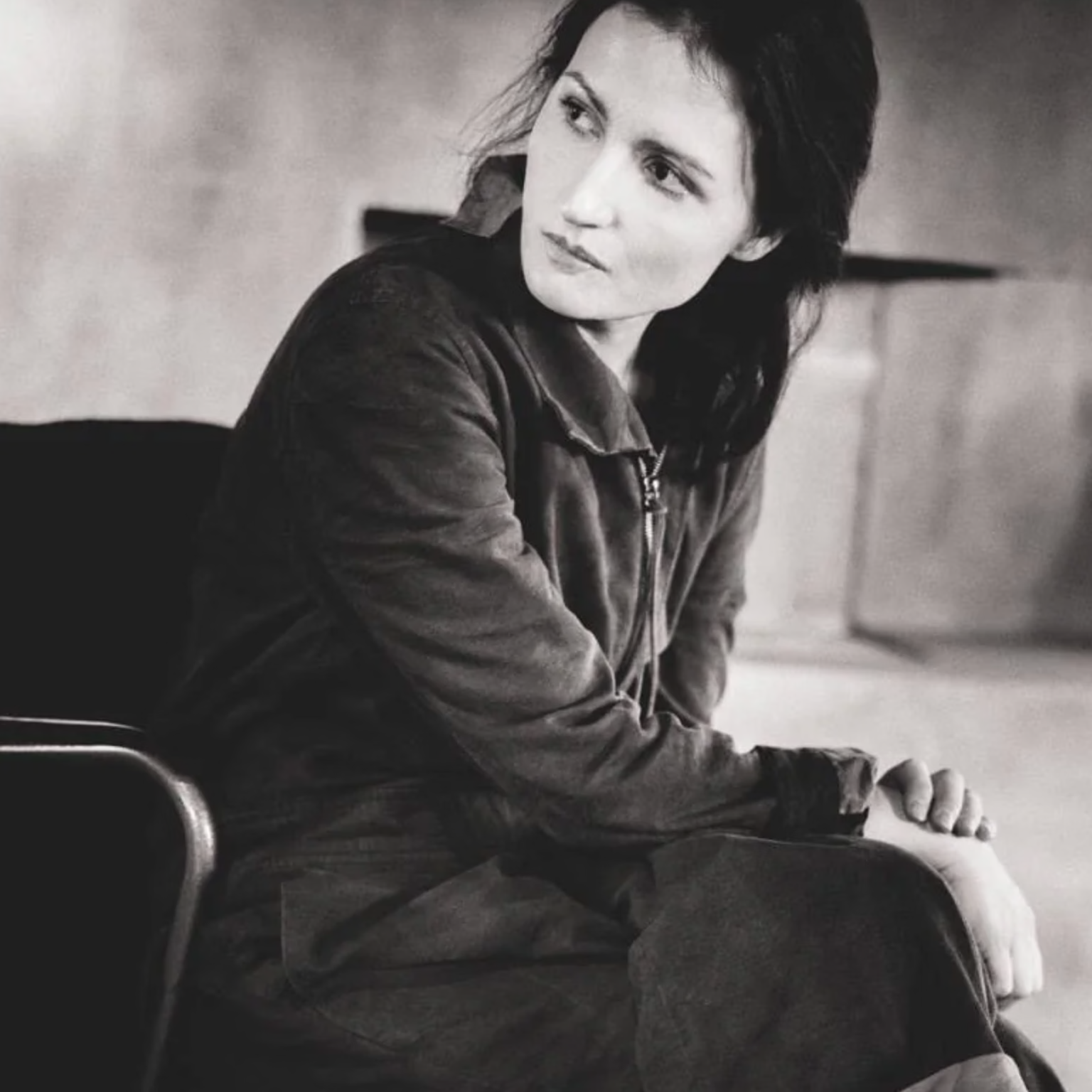To Aboubakar Fofana, to create indigo is to be in communion with nature.

It is one of the oldest dyeing techniques, dating back 5,000 years to the era of Ancient Egypt. Described as an “inexact science” – the range of blues one might receive from an indigo vat is based in technique, but influenced by alchemical chance – this form of art has developed over millennia.


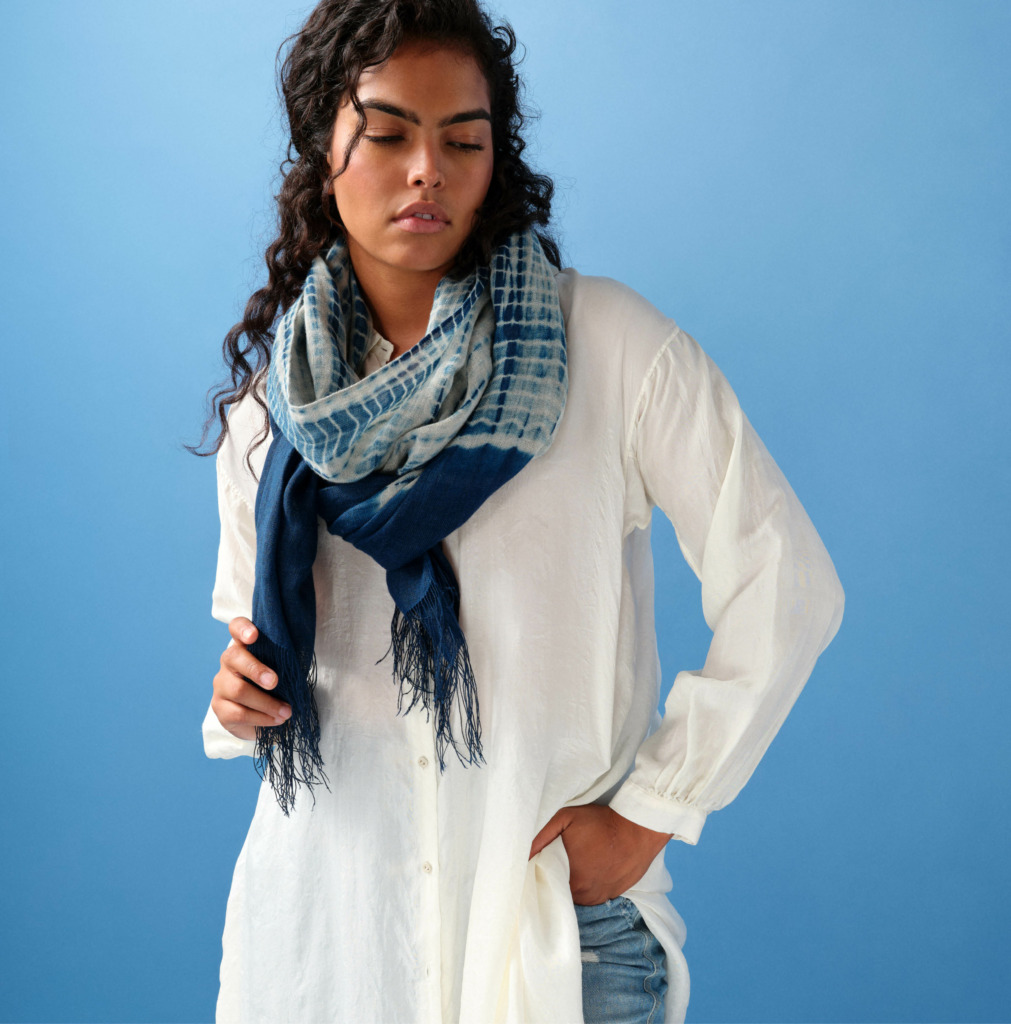

A Malian-born Frenchman, Aboubakar Fofana’s deep love of indigo developed in his youth. On holiday visiting his grandmother’s village, he was taught the art of local medicinal plants, particularly the plant species Philenoptera Cyanescens. This plant, which grows green, can be refined in a way that expresses the deep blue of indigo.
Today Aboubakar Fofana creates his works on a sustainable farm – a project he has honed over the course of a decade. Vertically integrated, the farm is a key component to his sustainable vision, wherein Aboubakar Fofana and his apprentices use indigenous fibers, mud pigments and homegrown indigo to create this body of textiles.

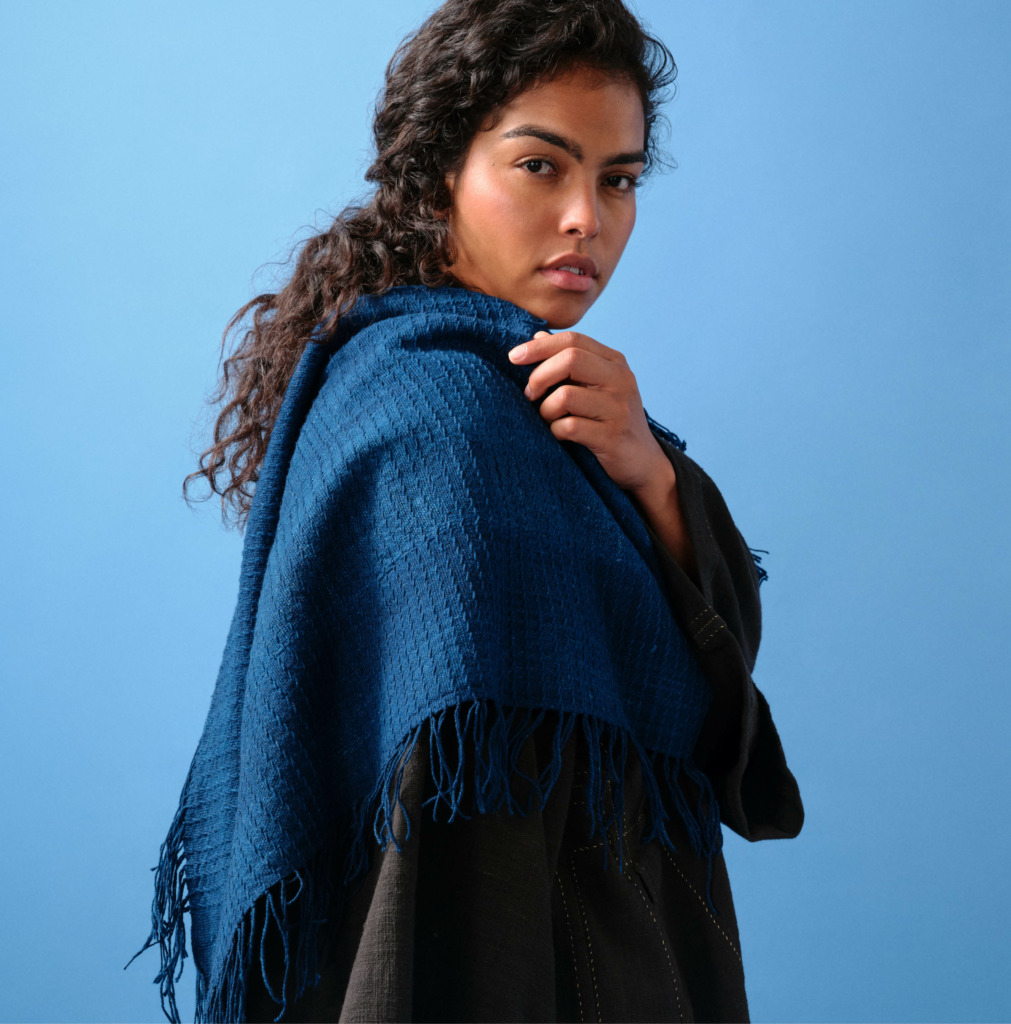

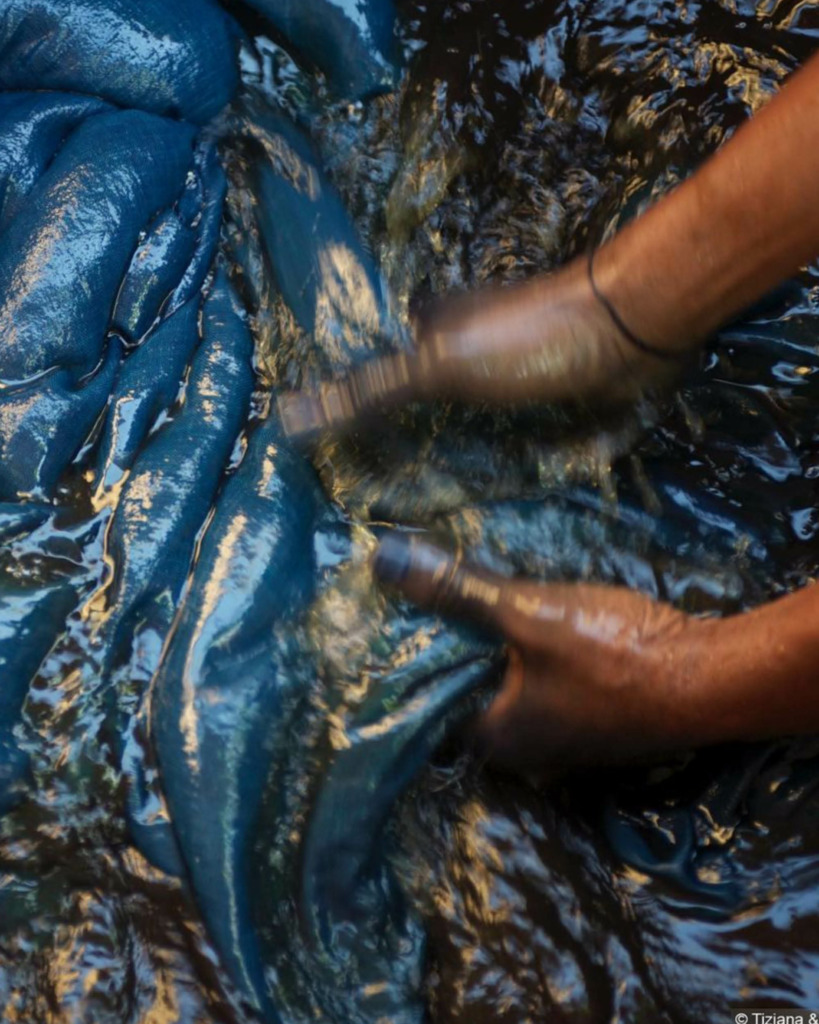
The indigo vats on the farm bubble with thousands of bacterium – a living colony that influences the depth and tonality of the blue. As the plant enzymes are digested, the bacteria ferment and oxygenate to alter the color of the plant leaves from green to blue. The colony is carefully nourished and rested to preserve their vitality. Years of apprenticeship are needed to understand the specifics of this process.
While the hypnotic blue can be achieved more quickly synthetically, the effect is artificial and dangerous. Synthetic colorants not only injure the ecosystem, dyeing precious waterways a toxic azure, but lack the historical and cultural weight of true indigo. To commit to this slow variety of blue is to commit to the sustainable science of plant dyeing and the communities that thrive around it.

